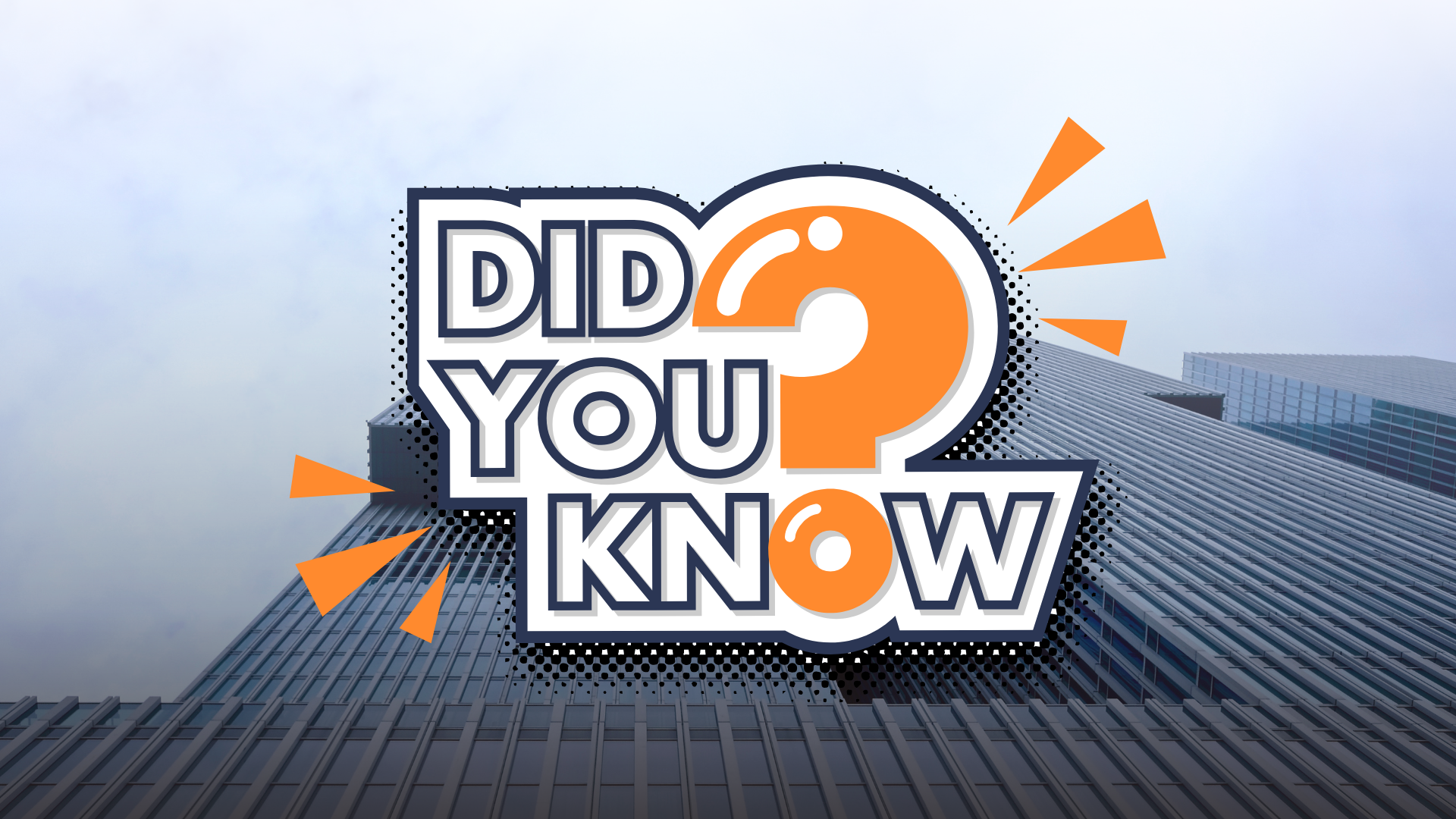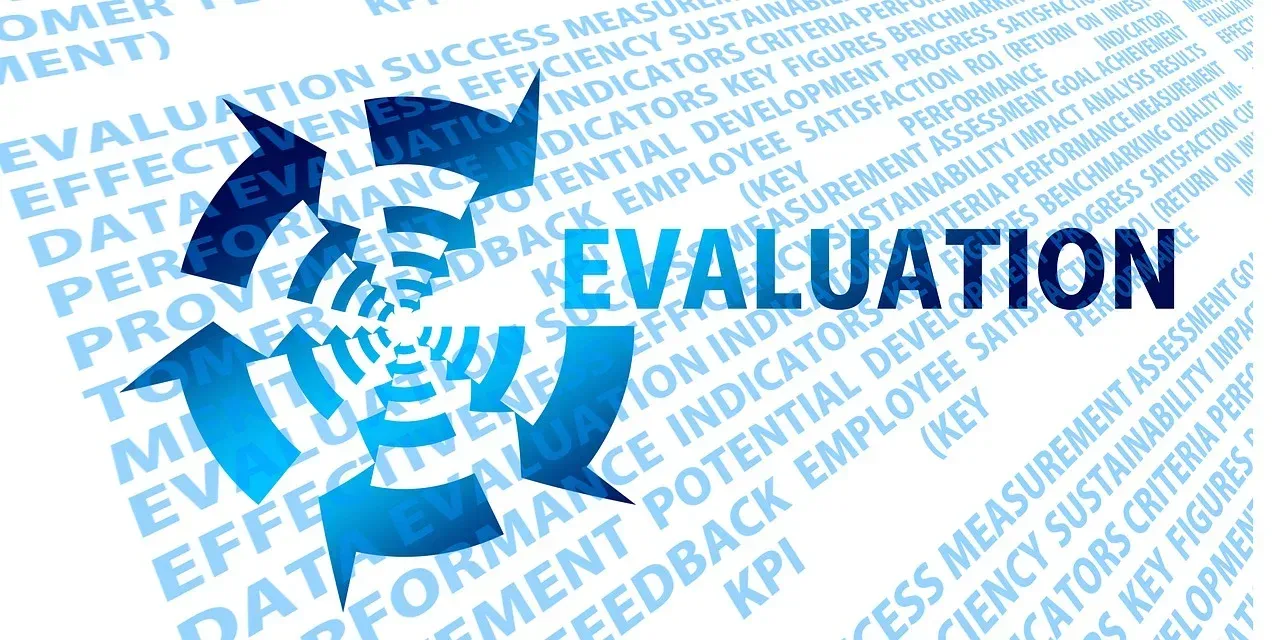Understanding the Impact of the SECURE 2.0 Act on Employer Retirement Plans in 2024

In the ever-evolving landscape of retirement planning, staying abreast of legislative changes is paramount for employers seeking to provide robust retirement benefits to their employees. One such legislative update making waves in 2024 is the SECURE 2.0 Act, a successor to the original SECURE Act of 2019. This new iteration introduces several key provisions aimed at enhancing access to retirement plans, fostering savings habits, and offering greater flexibility for savers. Let's delve into some of the significant changes that employers should take note of:
1. Expanded Auto-Enrollment Features: The SECURE 2.0 Act encourages greater participation in retirement plans by expanding auto-enrollment features. Employers will have the option to automatically enroll employees in retirement plans, with the default contribution rate gradually increasing over time. This provision aims to address the issue of under-saving by nudging employees towards building their retirement nest eggs.
2. Increased Access to Multiple Employer Plans (MEPs): MEPs allow small businesses to band together to offer retirement plans to their employees, thereby leveraging economies of scale and reducing administrative burdens. The SECURE 2.0 Act expands access to MEPs by easing certain regulatory requirements, making it more appealing for smaller employers to participate. This broader access could lead to more widespread adoption of retirement plans among small businesses, benefiting both employers and employees.
3. Enhanced Portability of Retirement Savings: A key concern for many employees is the portability of their retirement savings when changing jobs. The SECURE 2.0 Act addresses this issue by facilitating the transfer of retirement account balances between employer-sponsored plans and individual retirement accounts (IRAs). This portability feature provides employees with greater control over their retirement savings and reduces the likelihood of leakage or cashing out when transitioning between employers.
4. Introduction of Lifetime Income Options: To address the challenge of ensuring financial security throughout retirement, the SECURE 2.0 Act promotes the inclusion of lifetime income options within retirement plans. These options, such as annuities or other income-generating vehicles, provide retirees with a steady stream of income throughout their golden years, shielding them from the risk of outliving their savings. By offering these options within employer-sponsored plans, employees can better plan for a secure and comfortable retirement.
5. Expansion of Catch-Up Contributions: For individuals nearing retirement age, catch-up contributions are a valuable tool for accelerating retirement savings. The SECURE 2.0 Act increases the age at which individuals can make catch-up contributions to their retirement accounts, allowing older workers to bolster their savings in the crucial years leading up to retirement. This expansion enables employees to make up for lost time and bridge any gaps in their retirement preparedness.
In summary, the SECURE 2.0 Act represents a significant milestone in the ongoing effort to improve retirement security for American workers. By implementing these provisions, employers can play a pivotal role in facilitating greater access to retirement plans, promoting savings behavior, and offering more flexibility and security for their employees' golden years. As we navigate the evolving landscape of retirement planning, staying informed and proactive will be essential for employers seeking to empower their workforce towards a financially secure future.
You might also like




